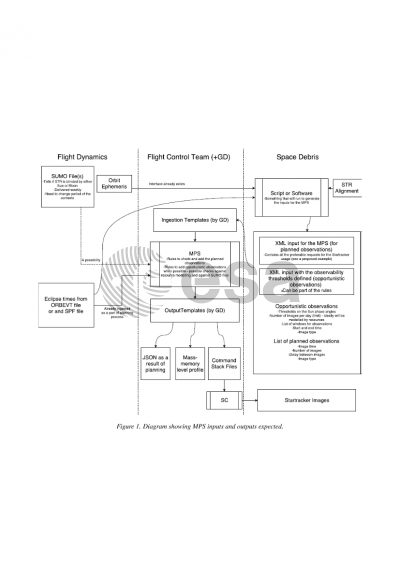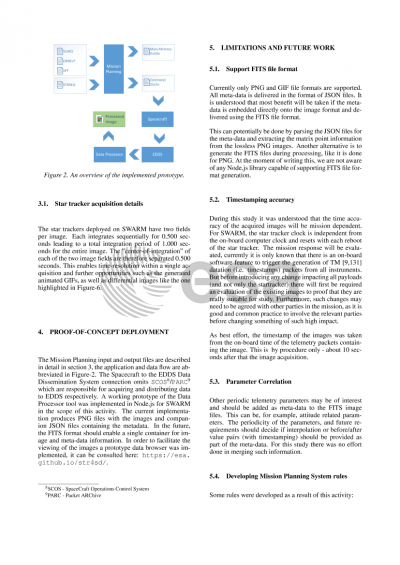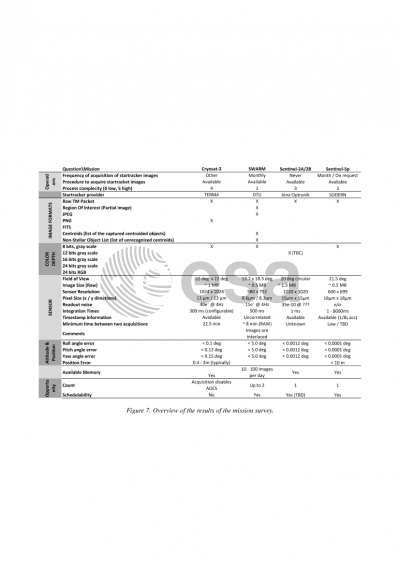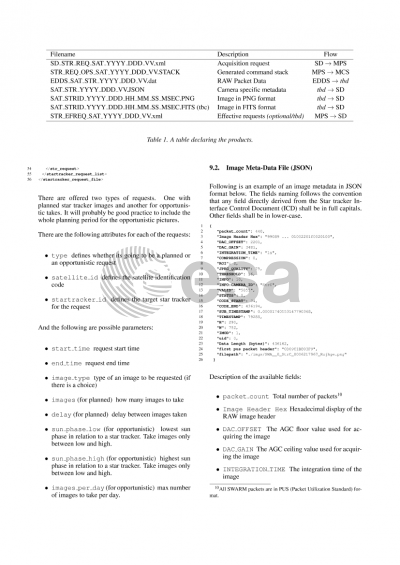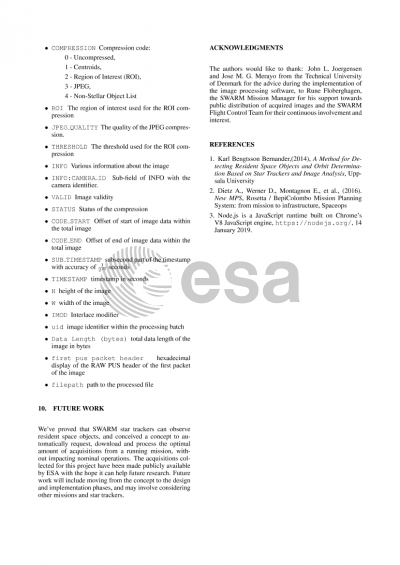Document details
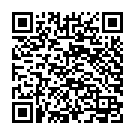
Abstract
The objective of this project was to exploit currently unused downlink capacities in Earth Observation missions to perform opportunistic star tracker imagery and validate it for space debris observations. During this study, approximately two thousand star-tracker observations by the SWARM mission have been collected and processed, several of these images observe unidentified moving bodies.
Done in close cooperation between the Earth Observation Ground Data Systems section, Space Debris office and SWARM Flight Control team, this reconnaissance study has provided a preliminary proof-of-concept end-to-end ground segment prototype containing: observation intentions, triage, uplink, downlink and data processing elements. The study provided also future considerations regarding the flight operation concept with multiple earth observation missions being analyzed and compared regarding their applicability for these objectives.
There were three main deliverables produced: a Mission Planning concept with a prototype, a Data Processing concept with a prototype, and a final report. The final report documents the process and defined interfaces, including inputs from the multiple Earth Observation Missions as well as the Mission planning and Data processing preliminary concepts and prototypes. Overview of the overall concept: The Space Debris office produces a “Star tracker image request” file proposing multiple image taking opportunity windows with priorities and also with the possibility to have direct image requests at certain times or time intervals. This file, together with the other relevant Flight Dynamics products, is ingested into the ESA Ground Operations Mission Planning System (EGOS MPS). MPS functionality is then used to determine possible acquisition opportunities calculated in a way, so that they do not impact mission operations negatively (i.e. use bandwidth only when it is not used by the mission) and generate respective command sequences. Then EGOS MPS produces output files (e.g. command stack files), which will contain all commands to be sent to the spacecraft, including those requested by the Space Debris team. Flight Operations Segment will then send these commands and acquire telemetry in the Mission Control System (MCS). Automatic nightly EDDS requests done by generation time collect the necessary telemetry to generate the resulting star tracker images. These images are then collected on a separate machine, processed, and made available to the Space Debris office. The study has also identified conceptual limitations and provides recommendations for future work.
Preview


